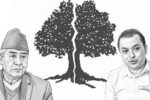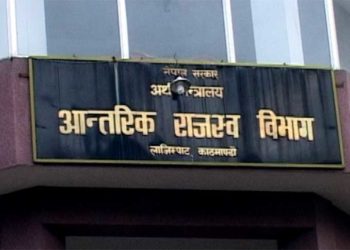DHAKA: Violence in Bangladesh has killed more than 30 people and injured hundreds after students took to the streets to demand reforms to a quota system that governs distribution of government jobs.
Here are details of the protests and their history:
What triggered the protests?
The demonstrations started last month after the High Court reinstated a quota system for government jobs, overturning a 2018 decision by Prime Minister Sheikh Hasina’s government to scrap it.
That move, which covered the 30% of jobs reserved for family members of freedom fighters in the 1971 war for independence from Pakistan, followed similar student protests.
But the Supreme Court suspended the High Court order after the government’s appeal, setting a date of August 7 to hear the government’s challenge.
However, the students stepped up their protest when Hasina refused to meet their demands, citing the court proceedings.
She called the protesters “razakar,” making use of an offensive term for those accused of collaborating with Pakistan’s army in 1971 to betray the country.
What is the quota system?
Introduced in 1972, Bangladesh’s quota system has gone through several changes since.
When it was abolished in 2018, 56% of government jobs were blocked under various quotas.
The bulk covered groups such as freedom fighters’ families, with women and those from underdeveloped districts receiving a share of a 10th each, with 5% allotted to indigenous communities and 1% for the disabled.
The protesting students want all categories abolished, except the last two.
What sparked the violence?
The protests turned violent this week following clashes between thousands of anti-quota demonstrators and members of the student wing of Hasina’s Awami League party.
Police fired rubber bullets and hurled sound grenades and tear gas to scatter protesters who also blocked railway tracks and major roads.
What do the students fear?
Hasina is the daughter of Sheikh Mujibur Rahman, the founding father of Bangladesh, who led its freedom movement.
Protesters and critics say the 30% quota for families of freedom fighters favors Awami League supporters who led the independence fight.
Experts also attribute the unrest to stagnant job growth in the private sector, making public sector jobs, with their accompanying regular wage increases and privileges, very attractive.
The quotas shrink the number of government jobs open for all, hurting aspirants who want them filled by merit.
They have sparked anger among students grappling with high youth unemployment, as nearly 32 million young people are out of work or education from a population of 170 million.
The economy, once among the world’s fastest growing, has stagnated, inflation hovers around 10% and dollar reserves are shrinking.
What has Hasina said?
The protests are the first challenge to Hasina’s government since she won a fourth consecutive term in January in elections boycotted by the main opposition.
She has condemned the loss of lives and called for patience until the Supreme Court delivers its verdict.
VOA









Comment